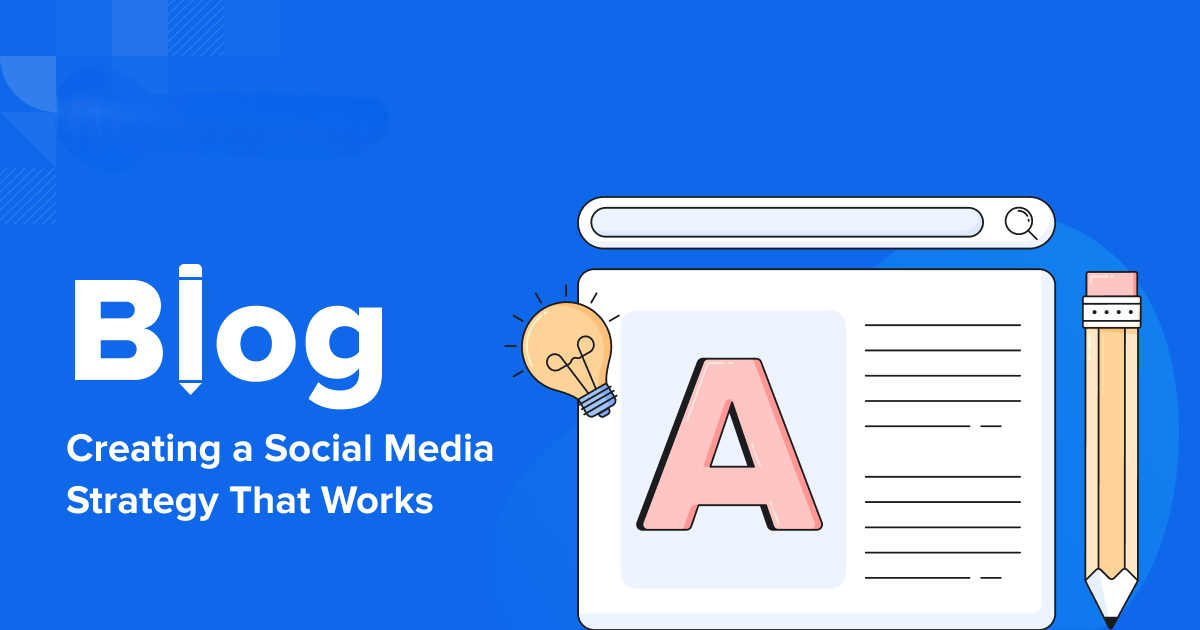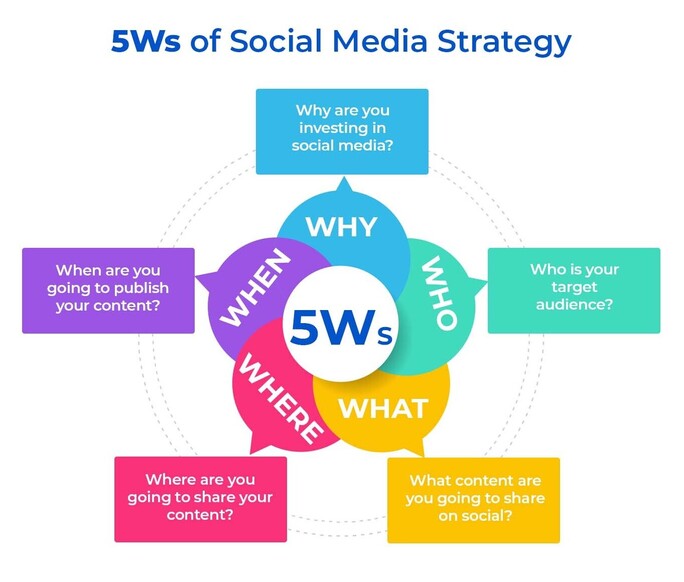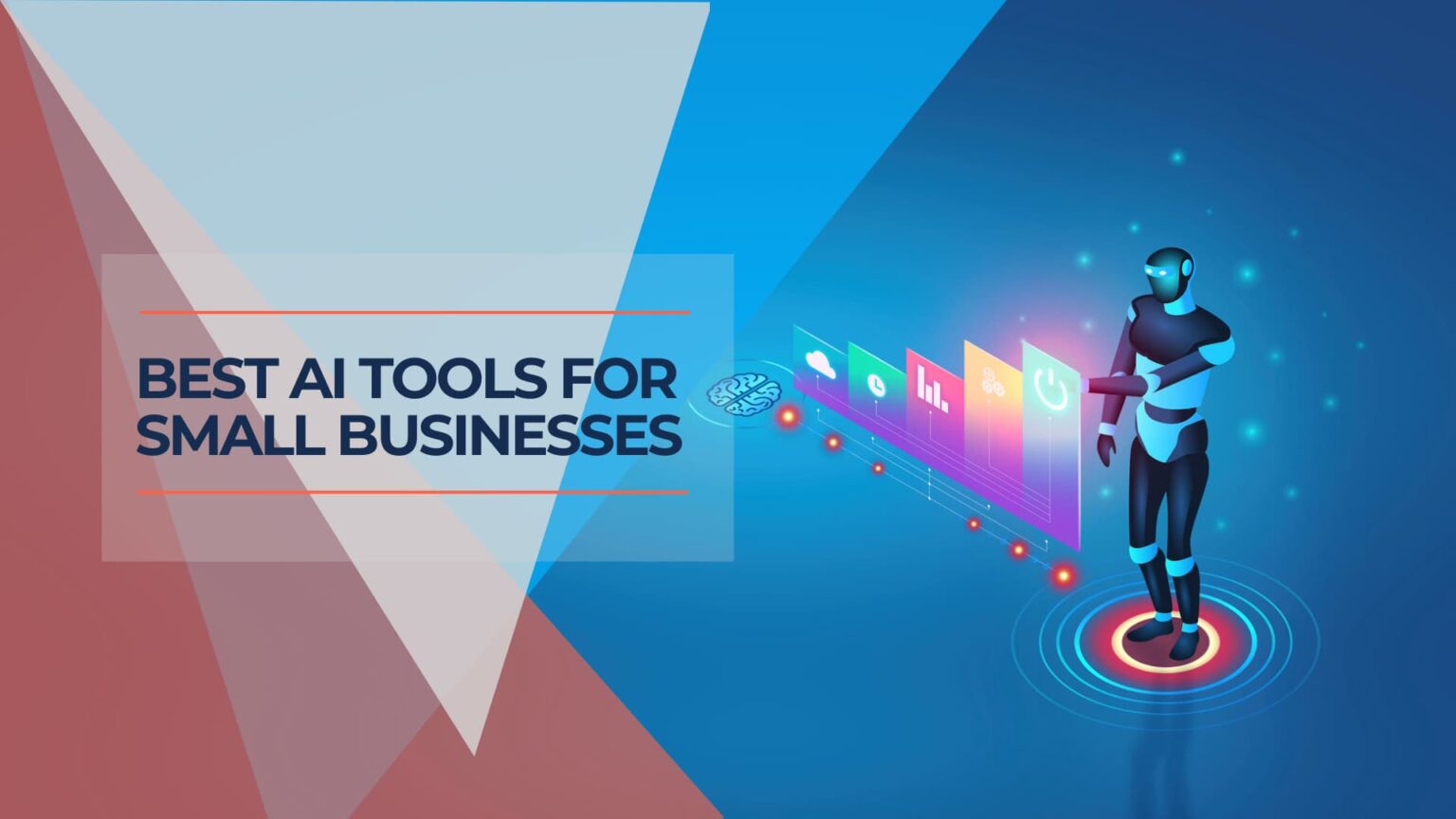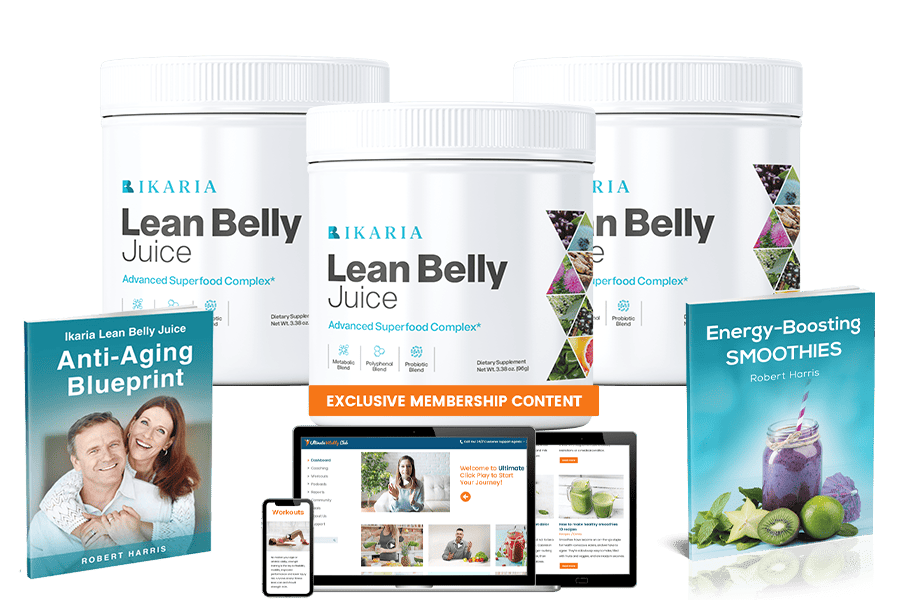Did you know that 45% of users aged 18-44 have bought products on social media by summer 2024? This shows how big a role social media plays in sales and engagement. In 2025, having a strong social media plan for your blog is key to success online.
Building a Social Media Strategy for Your Blog? Social media is a big deal for promoting blogs, planning content, and connecting with people. With 80% of marketers thinking people will buy more in social apps, the game is changing fast. This guide will show you how to stay on top in 2025 and beyond.
Creating a good social media plan is more than just posting stuff. It’s about knowing your audience, making engaging content, and using each platform’s special features. With 41% of people liking to check out brands on social media, your plan can make or break your blog’s success.
Key Takeaways:
- Social media is crucial for driving blog traffic and sales
- A well-crafted strategy aligns with overall digital marketing goals
- Understanding your target audience is vital to success
- Content planning and engagement are key components
- Regular analysis and adaptation of your strategy is necessary
Understanding the Importance of Social Media for Bloggers
Social media marketing is key to connecting with your audience and customers. It’s where they interact with your brand and others. This makes it vital for bloggers. By using social media, you can greatly increase your blog’s reach and impact.
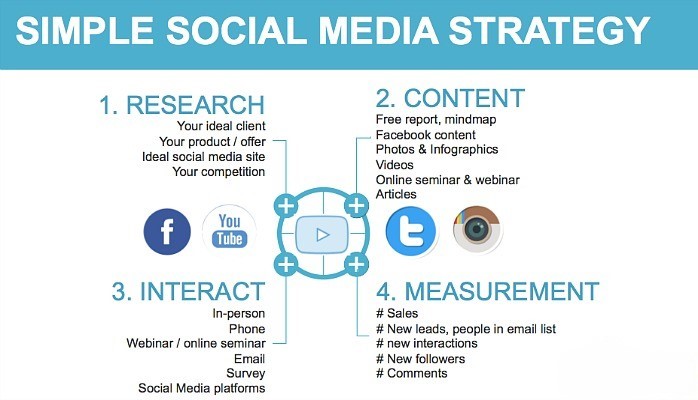
The role of social media in driving blog traffic
Social media followers show they’re interested in your brand. Adding a social media strategy to your blog plan can increase your posts’ traffic. Using hashtags can help you reach more people and attract more readers to your blog.
How social media enhances brand visibility
Social media increases brand awareness through likes, shares, and more. To boost visibility, fill out your social media profiles fully. Share your blog link and use clear photos. This helps build a strong online presence and boosts your brand’s visibility.
Building relationships with your audience through social platforms
Interacting with followers on social media can create lasting bonds with your blog. Be active, share valuable content, and build your email list. Good content and various media formats can strengthen your audience relationships.
| Platform | Users | Key Features |
|---|---|---|
| 1.59 billion+ | Largest network, diverse content types | |
| 400 million+ | High engagement, photo-focused | |
| 300 million+ | Broadcasting, hashtags for conversations | |
| 100 million+ | Visual content organization |
Pick one main and one secondary social network based on where your audience is active. Focusing on these platforms will help you get the most out of social media marketing. This will drive more traffic to your blog.
Defining Your Social Media Goals and Objectives
Setting clear social media objectives is key to your blog’s success. Start by making SMART goals that fit your marketing strategy. These goals should be Specific, Measurable, Achievable, Relevant, and Time-bound.
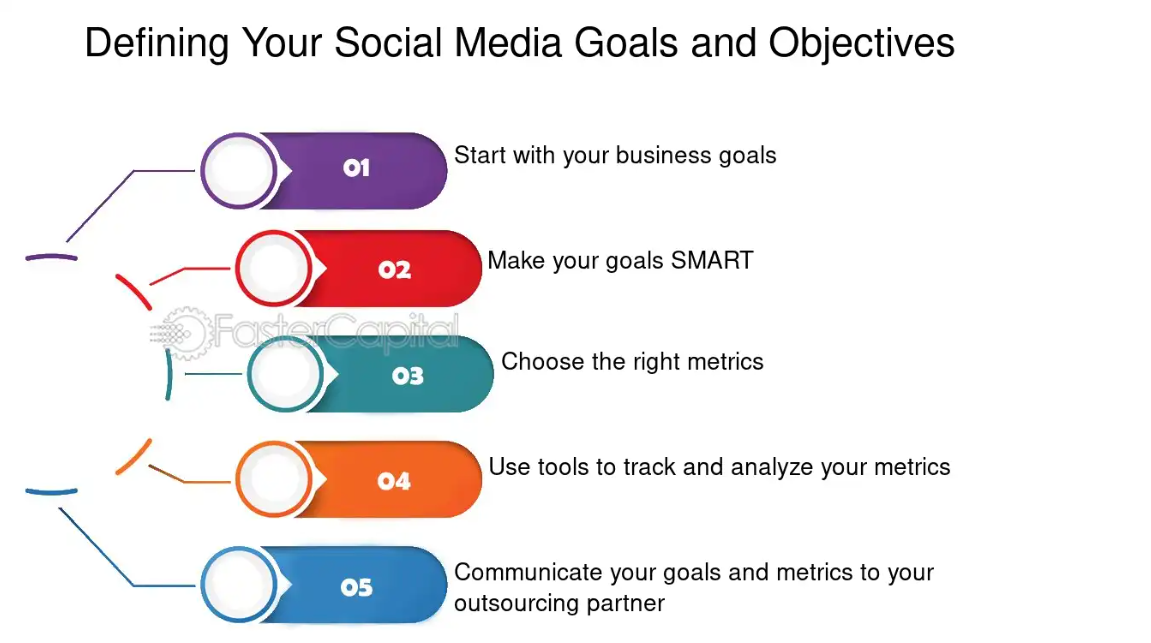
When setting your social media goals, focus on meaningful KPIs. Look at metrics like click-through rates, conversion rates, and engagement levels. For example, aim to increase Instagram leads by 6% before the end of the quarter by promoting a free ebook.
| Goal | Objective | KPI |
|---|---|---|
| Increase brand awareness | Boost social media reach | Impressions, hashtag performance |
| Generate leads | Drive website traffic | Click-through rate, conversions |
| Enhance audience engagement | Increase interactions | Comments, shares, likes |
Remember, 78% of consumers say a brand’s social media presence builds trust. This number jumps to 88% for Gen Z. This shows how crucial it is to set goals that build trust and engage your audience.
To track your progress, use measurable metrics and analytics tools. Regularly check your KPIs and tweak your strategy as needed. This will keep you on track and help you meet your social media goals.
Identifying Your Target Audience on Social Media
Finding your target audience on social media is crucial for a successful blog. It helps you reach new readers and build your brand. In fact, 78% of organizations find social media helpful.
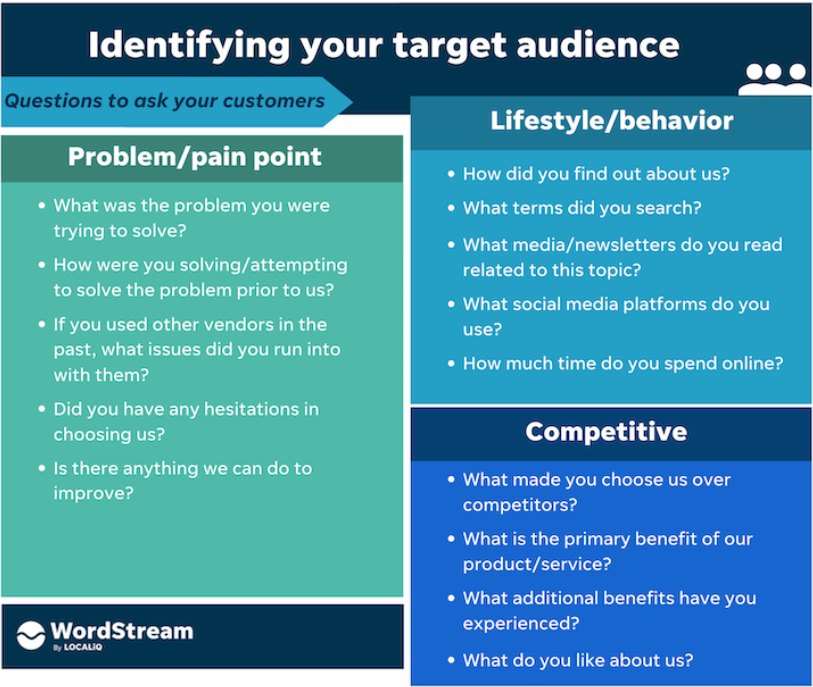
Creating audience personas
Audience personas are like fictional profiles of your ideal readers. They help you make content that speaks to specific groups. Think about age, interests, and what problems they face. For example, new parents and couples without kids have different shopping needs.
Researching audience preferences and behaviors
It’s important to know what your audience likes. People follow brands for new products (68%), deals (46%), and fun content (45%). Use analytics and surveys to learn about their interests and habits.
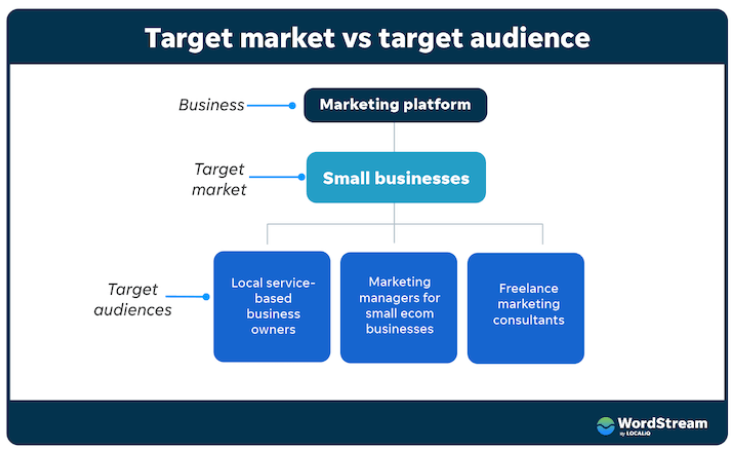
Selecting the right social media platforms for your audience
Pick platforms where your audience is most active. Each platform draws different people. For example, Instagram is great for visual creators, while LinkedIn is for professional bloggers. Look at your competitors to see how they target their audience.
| Platform | Primary Audience | Content-Type |
|---|---|---|
| 18-34 year olds | Visual, Stories | |
| Professionals | Industry news, Career tips | |
| TikTok | Gen Z | Short-form videos |
Your audience research should never stop. Use social listening tools to keep up with your industry. This will help you improve your social media strategy and keep your blog fresh for your audience.
Building a Social Media Strategy for Your Blog
A solid social media strategy is key to boosting your blog’s visibility and engagement. Let’s dive into the essential components of a successful strategy.
Developing a Content Calendar
A content calendar is your roadmap for social media success. It helps you plan posts, maintain consistency, and align with your blog’s goals. By organizing your content in advance, you’ll save time and ensure a steady stream of engaging posts.
Crafting Engaging Social Media Posts
Create posts that resonate with your audience. Focus on authentic, non-promotional content that showcases your blog’s value. Use short-form videos and static images, as these are the top content formats consumers prefer. Remember, 73% of marketers aim to acquire new customers through social media.
Incorporating Visual Elements
Visual content is crucial for capturing attention. Use eye-catching images, infographics, and videos to complement your blog posts. Consider that users spend an average of 10 hours a month on Instagram, making it a prime platform for visual storytelling.
| Platform | Active Users | Key Demographics |
|---|---|---|
| 2.085 billion | 43% above age 35 | |
| 1.44 billion (projected 2025) | 18-34 age group | |
| Over 1 billion | 56.3% male users |
Tailor your strategy to each platform’s unique audience. For instance, LinkedIn is ideal for B2B content, with 4 out of 5 members driving business decisions.
By integrating these elements into your social media strategy, you’ll create a powerful synergy between your blog and social platforms. This will drive growth and engagement.
Leveraging Different Social Media Platforms
Social media platforms are a great way to connect with your audience and grow your blog. With 3.96 billion active users worldwide, they offer a huge reach for your content. Let’s look at how to use key platforms well.
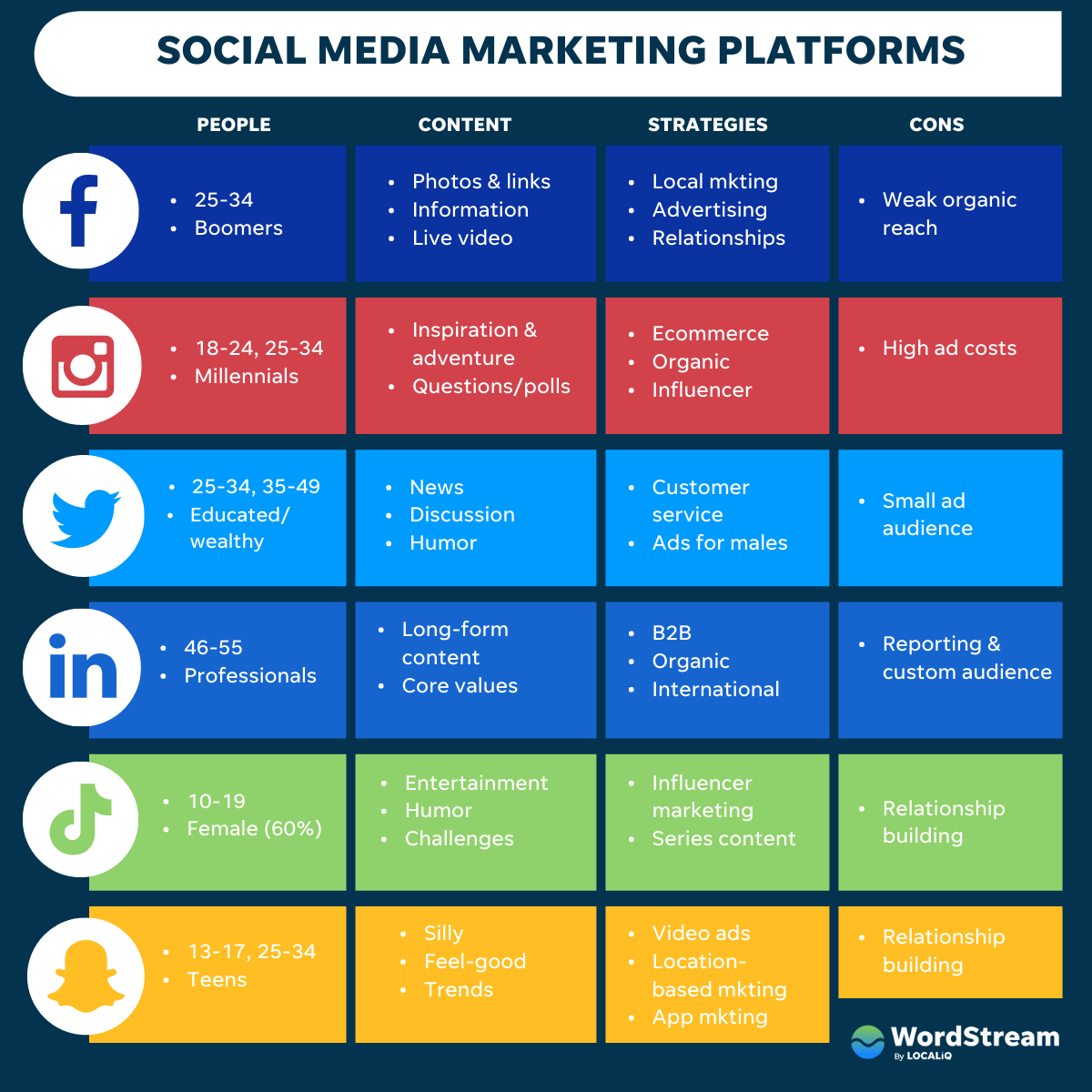
Facebook marketing is a key strategy, with 302.28 million users in the U.S. alone. It’s great for sharing blog posts, engaging with your community, and running ads. Facebook appeals to a wide range of people, making it good for most bloggers.
Instagram is perfect for visual content, with 130 million U.S. users and growing. It’s ideal for sharing stunning images and stories related to your blog. Use hashtags, Reels, and IGTV to get more visibility and connect with followers.
Twitter is great for real-time engagement. It’s perfect for sharing quick updates, joining trends, and helping customers. With 187 million global users, Twitter can make your blog’s voice louder.
LinkedIn is key for B2B bloggers. It has 675 million monthly active users worldwide, making it the top spot for professional content and insights. Share your knowledge, connect with peers, and become a thought leader in your field.
Don’t forget about new platforms. TikTok, with over 1 billion users, is a big chance to reach younger people with short videos. Its high engagement rates make it a good choice for creative bloggers.
Also, 37% of consumers find inspiration for purchases on social media. By using these platforms well, you can boost your blog’s traffic, build your brand, and connect deeply with your audience.
Creating and Curating Content for Social Media
Social media is a huge platform for bloggers, with over 5 billion active users in 2025. To reach this huge audience, you need a smart content mix. Let’s look at how to make engaging social media content that brings in traffic and grows your brand.
Repurposing Blog Content for Social Media
Expand your blog’s reach by turning content into social media posts. Shorten long posts into infographics or short videos. This saves time and keeps your online presence steady.
User-Generated Content Strategies
Use user-generated content to increase engagement and build a community. Ask followers to share their experiences with your brand. This not only gives you fresh content but also builds trust with your audience.
Balancing Promotional and Value-Driven Content
Find a balance between promotional and valuable posts. Aim for 60% curated content and 40% original content. This mix keeps your audience interested and shows your expertise.
| Content-Type | Percentage | Benefits |
|---|---|---|
| Curated Content | 20-30% | Saves time, establishes thought leadership |
| Original Content | 70-80% | Builds brand identity, drives traffic |
| User-Generated Content | 10-20% | Increases engagement, fosters community |
Quality is more important than quantity in content curation. Choose your sources wisely and add your insights to stand out as a leader. By using these strategies, you’ll build a strong social media presence that supports your blogging goals.
Measuring and Analyzing Social Media Performance
Tracking your social media performance is key to a successful strategy. Social media analytics help you understand what works and what doesn’t. Let’s explore how to measure and analyze your efforts effectively.
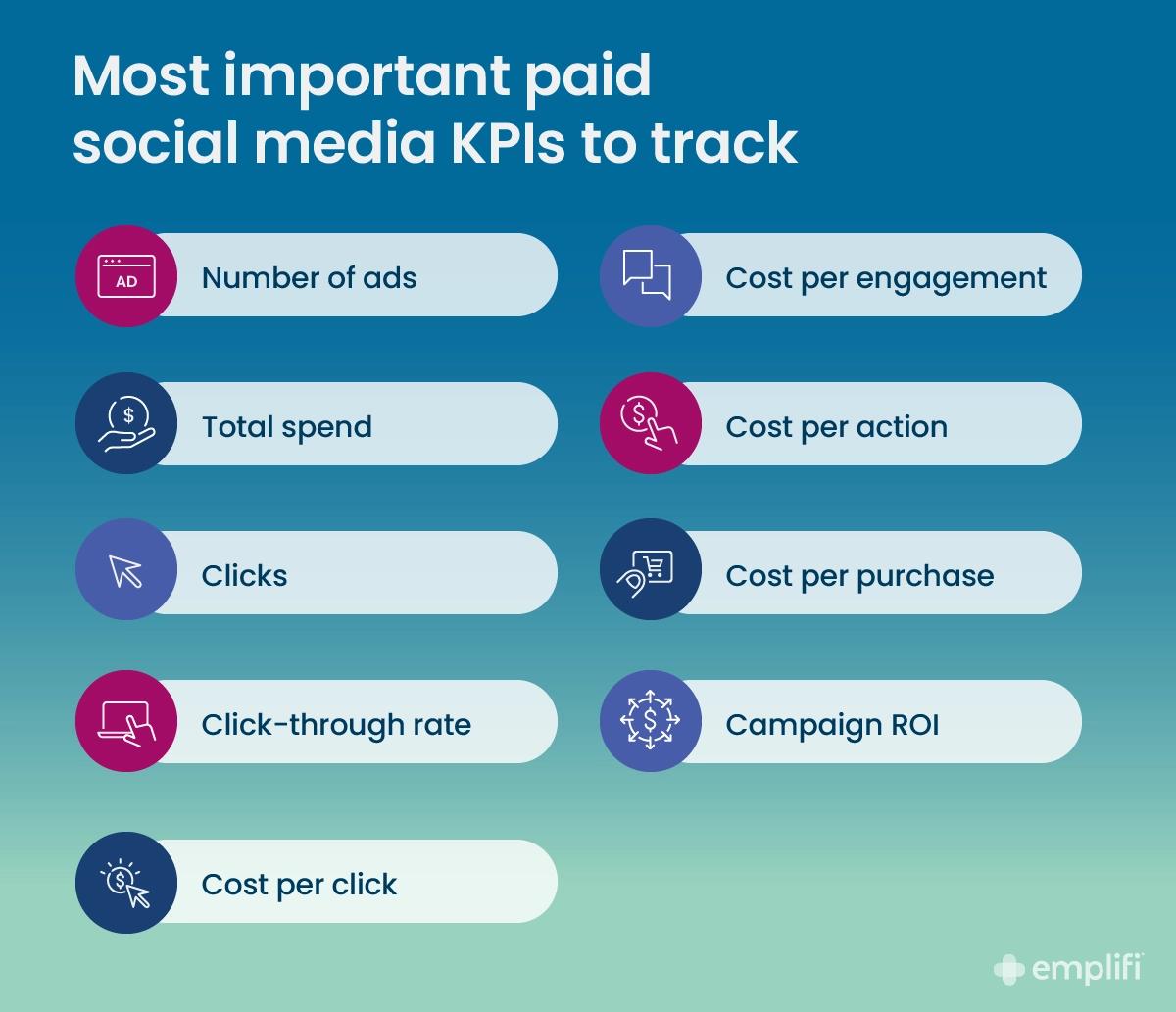
Key Metrics to Track
Focus on metrics that align with your goals. Engagement rates, click-through rates, and conversion rates are crucial. Social sentiment analysis assesses how your audience perceives your brand over time. Campaign-specific metrics include reach and conversion rates, which help gauge the success of your efforts.
Using Analytics Tools for Insights
Platform-specific and third-party tools offer comprehensive insights. These tools help organize data into dashboards for effective reporting. For example, Facebook Analytics can reveal valuable information about your audience. One company found that 90% of their referrals came from users aged 18-34, with 65% using Android devices.
| Age Group | Referral Percentage | Device Preference |
|---|---|---|
| 18-34 | 90% | 65% Android |
| 35+ | 10% | Varied |
Adjusting Your Strategy Based on Data
Use your analytics to refine your approach. By targeting ads based on age and device preferences, you could lower your cost per referral by 40%. Continuous tracking provides a long-term view of performance, helping identify trends and patterns for strategic decision-making. Remember, effective measurement enables you to allocate resources more efficiently and improve your social media ROI.
Embrace a data-driven strategy to maximize your social media impact. By consistently analyzing your performance metrics, you’ll be well-equipped to adapt and thrive in the ever-changing social media landscape.
Conclusion (Building a Social Media Strategy for Your Blog)
Creating a winning social media strategy for your blog is a journey that needs commitment and flexibility. By using the right strategies and always improving, you can greatly increase your blog’s reach and interaction. Remember, social media is always changing, with new trends and features popping up all the time.
Stay updated with the latest trends on each platform. For example, Pinterest is mostly used by women, while TikTok is a hit with Gen Z in the U.S.. Knowing this can help you make your content more appealing and pick the best platforms for your audience. Set goals like boosting brand awareness or growing your followers by a certain number by 2025.
Also, keep an eye on important metrics like how fast you respond, how many followers you gain, and how many people you talk to. These numbers will help you see if your strategy is working and what you need to change. By always improving and linking your social media with your digital marketing, you’ll make your blog more powerful and visible in the fast-paced world of social media.
FAQs – Building a Social Media Strategy for Your Blog
Why is a social media strategy important for bloggers?
A social media strategy is key for bloggers. It helps drive traffic and boost brand visibility. It also builds relationships with the audience through content and engagement.
How does social media help bloggers achieve their goals?
Social media is crucial for bloggers. It helps share content and attract readers. It also makes brands more visible and helps build audience relationships through direct interactions.
What are some best practices for setting social media goals?
Set SMART goals for your social media strategy. Focus on meaningful metrics like click-through rates and engagement. Make sure your social media goals align with your marketing objectives.
How can I identify my target audience on social media?
Create detailed audience personas by asking questions about your target audience. Use social media analytics like SocialPilot and Google Analytics to research their preferences. Analyze competitors to find market gaps.
What should I include in my social media content strategy?
Plan your social media posts with a content calendar. Create engaging posts that match your brand voice and audience interests. Use images, videos, and infographics to boost engagement.
What are the best social media platforms for bloggers?
Choose social media platforms based on your audience and content. Facebook is great for wide reach and ads. Instagram is perfect for visuals and storytelling. Twitter is good for short updates and customer service. YouTube is for in-depth videos. Pinterest is for inspirational content. LinkedIn is for B2B networking.
How can I repurpose blog content for social media?
Turn blog content into formats like infographics or short videos. Use user-generated content to engage your audience. Mix promotional content with valuable posts to keep interest.
What metrics should I track to measure social media performance?
Track engagement rates, click-through rates, and conversion rates. Use analytics tools for insights. Regularly review data to see what works and what doesn’t.

